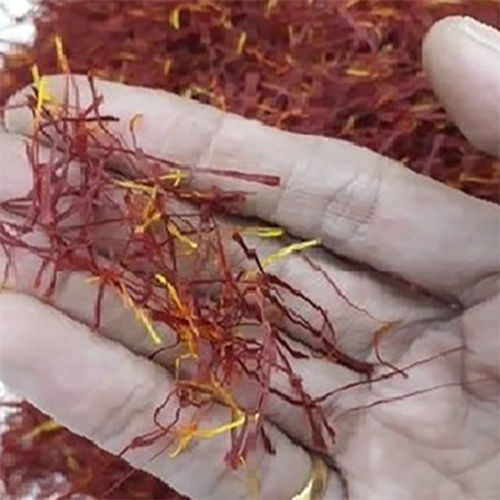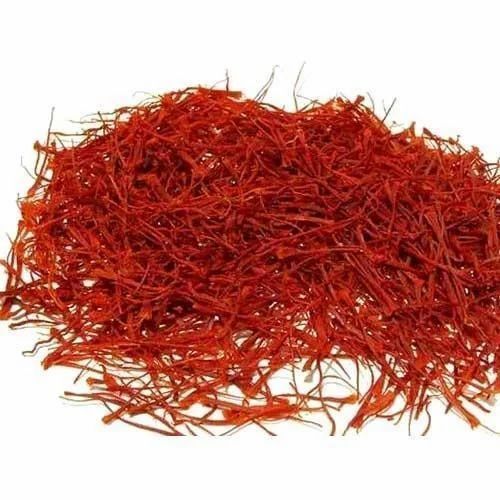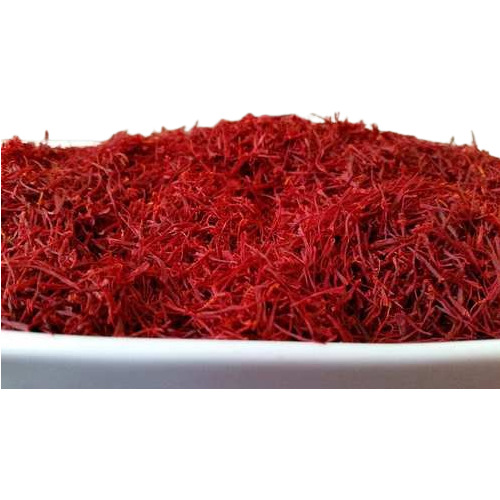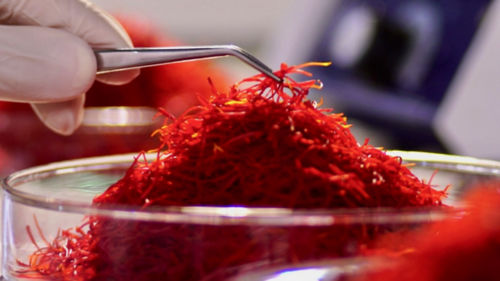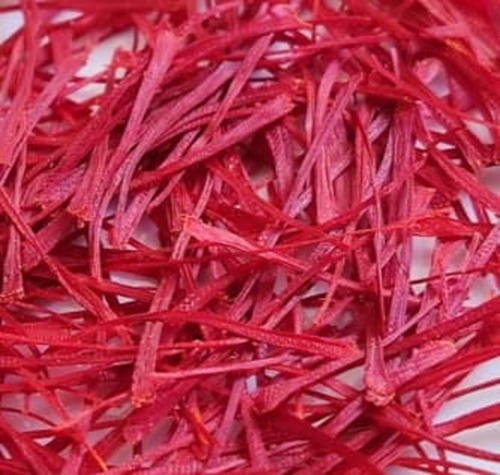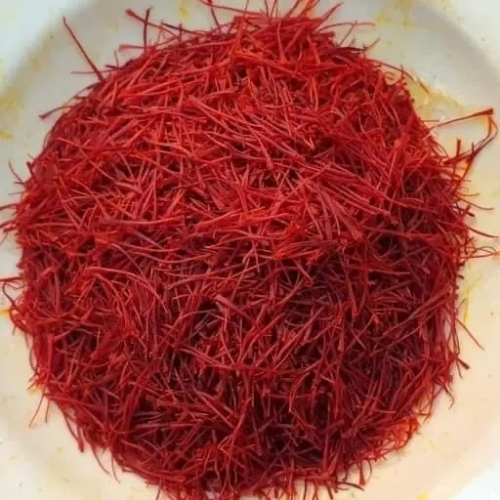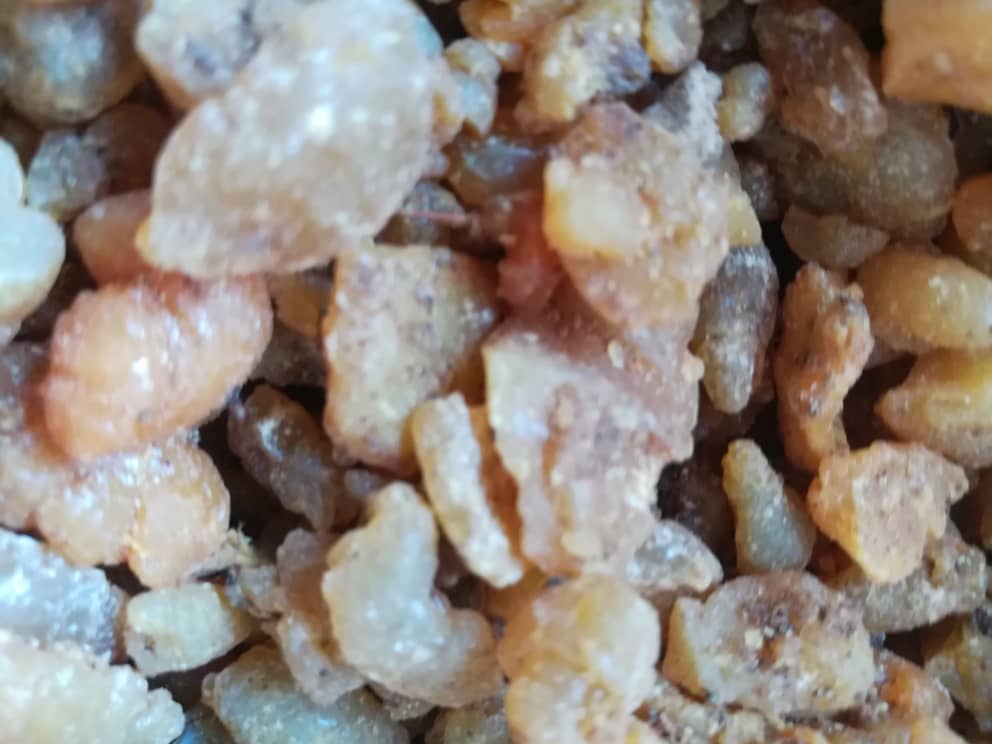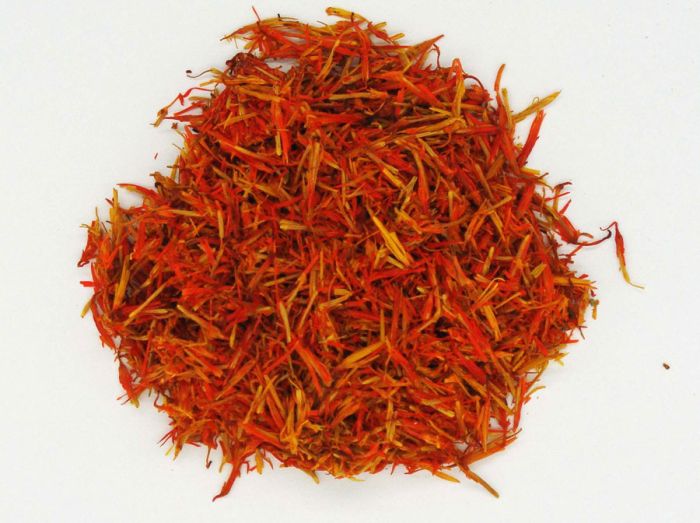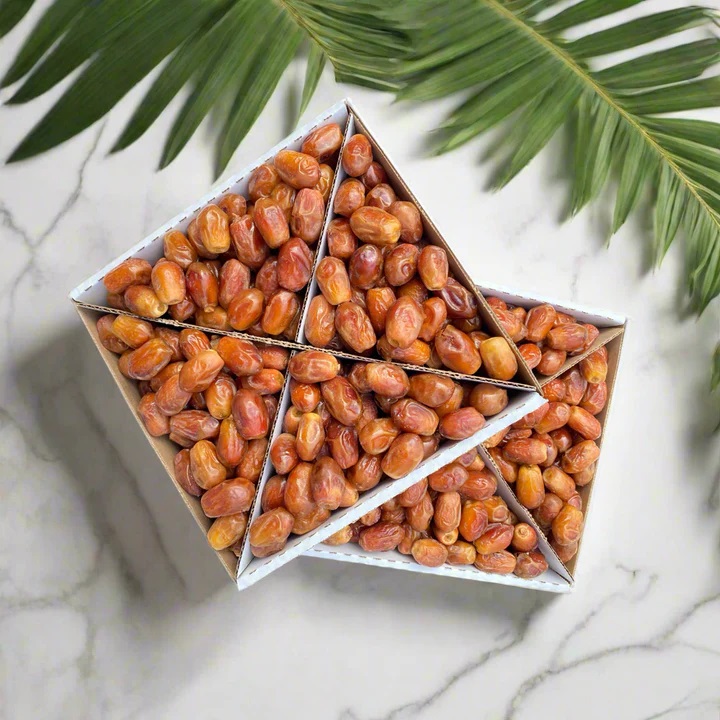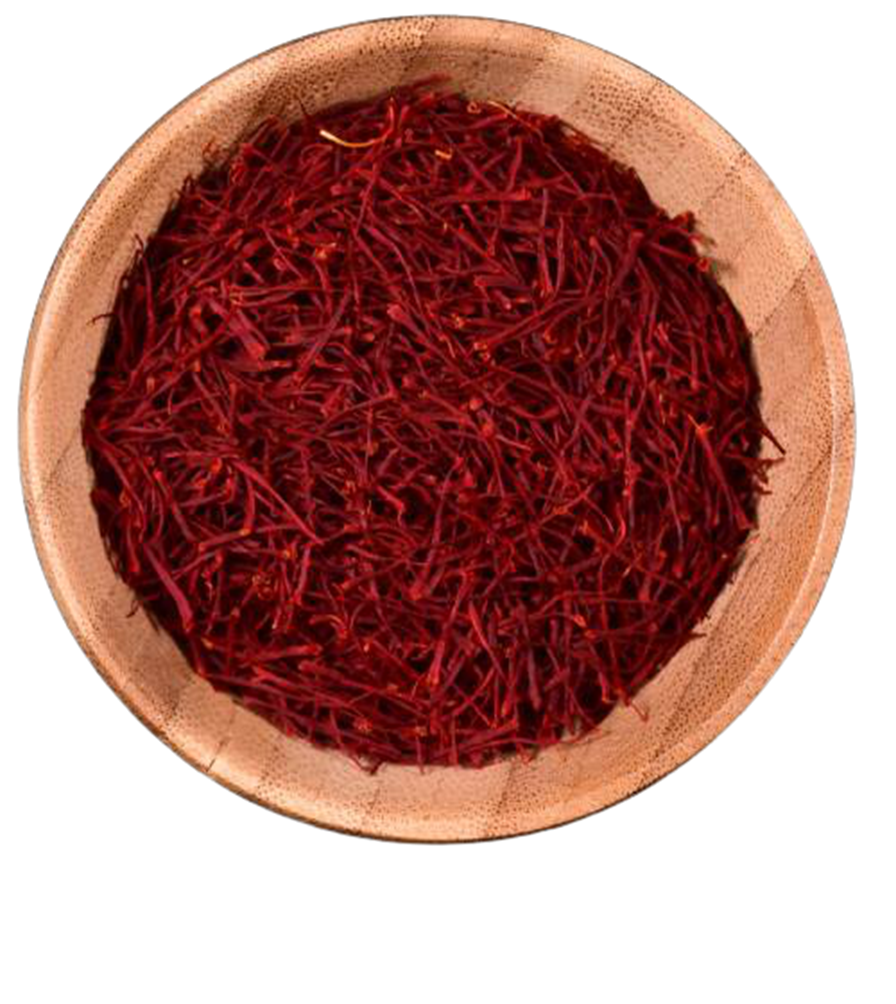
Iranian Saffron - 100% Pure, Dried, Shelf Life 4 Years | Available In Various Grades: Super Negin, Negin, Sargol, Poushali, And Powder Types
Price: 1000 USD / Kilograms
Get Latest Price
Minimum Order Quantity :
20 Kilograms
In Stock
Product Specifications
| Product Type | Iranian Saffron |
| Style | Dried |
| Grade | A |
| Purity(%) | 100% |
| Shelf Life | 4 Years |
| Payment Terms | Telegraphic Transfer (T/T) |
| Supply Ability | 10000 Per Month |
| Delivery Time | 10 Days |
| Sample Available | No |
| Packaging Details | Plastic Containers, Metal Containers, Glass Jars, Cans, Plastic Capsules, Blisters. |
| Main Export Market(s) | Asia, Australia, Central America, Western Europe |
| Main Domestic Market | All India |
Product Overview
Key Features
Iranian
saffron is becoming more popular worldwide and is recognized for its superior
quality. Persian saffron has long been renowned for its excellence and flavor.
Although saffron cultivation is concentrated in a few Iranian provinces,
Persian saffron accounts for over 90 percent of the global saffron supply.
Currently, various types of saffron are exported to more than 53 countries. We
provide a brief overview of different types of Iranian saffron.
The
Iranian saffron types include:
Super Negin saffron
Negin Saffron
Sargol Saffron
Poushali or Filaments Iranian Saffron
Bunch Iranian Saffron (OR Filaments Grade 4)
Ground or Powder Iranian saffron
Konj or white Iranian saffron
There
are two important factors, which highly affects the quality and types of saffron:
Physical structure, which is maturity and the amount of red or
white saffron
Chemical parameters such as coloring, fragrance, and saffron
taste power
These
two factors, along with many more factors such as planting to harvest methods
and conditions, different ways of stigma stripping, drying, and storing, have a
great effect on the type and quality of saffron. In the rest, you will learn
about different types of Persian saffron, called Zafaran locally.
All Red Saffron
All
Red is one main category of Persian saffron , named so for its completely red
look and absence of style. All Red saffron consists of three subcategories:
Sargol, Negin, and Super Negin.
Super Negin Iranian Saffron
Super
Negin is the most potent and finest saffron type in the world. Super Negin, as
the highest quality and luxurious saffron type, only includes long-flat and
thick stigmas, without the yellow styles. Super Negin Saffron has the longest
stigmas and the best appearance of all types. The stigmas are cut
symmetrically, without any wave.
Super
Negin is the most desired saffron for various uses, as it possesses great
coloring power and aroma. Producing Super Negin Saffron is challenging and
requires professional manual skills and the use of technical equipment compared
to other types. Consequently, it demands more time and effort, making it the
most expensive type among other Persian saffron varieties.
Negin Iranian Saffron
Negin Iranian saffron
is ranked second in terms of quality and price. There is no difference between
Negin and Super Negin, except for the length of the stigma and physical
appearance.
In terms of
appearance, Negin saffron is not long and flat, but it has the typical look
ofsaffron threads. It is worth noting that Negin Saffron has a
higher coloring power of over 220 usp. Due to its lower price compared to Super
Negin, it is more popular for home use.
Features of Negin
saffron:
It only contains the red, long, stigmas of the saffron flower
with few small broken stigmas.
It is produced after complete separation of styles by natural or
machine drying process.
They differ in the size and thickness of the stigmas and their
special drying methods and conditions, compared to Super Negin saffron.
Sargol saffron
Sargol
saffron is shorter in size in compared to Negin Type. In pure Sargol, the style
is removed from red stigmas. Sargol Saffron and Negin saffron are alike in
terms of quality and coloring power. Sargol saffron is derived from Poushal or
filament saffron.
The main sub qualities
of Sargol saffron are:
Sargol Momtaz (Sargol Premium)
With a Crocin
level(coloring strength)higher than 220, has few broken particles
of saffron stigmas. Additionally, its coloring power is better than Sargol
Grade one. In Momtaz, the stigmas are relatively larger and thicker than Sargol
Grade One.
Sargol Grade One
On
the other hand, there isSargol Grade One, in which more broken
stigmas can be found. In Grade One, Stigmas are smaller than Momtaz or premium
quality, while its coloring power reaches 200 USP.
Features of Sargol
saffron
It has total red stigmas, with no sign of style or white
saffron. This type can include broken stigma particles as it is obtained from
Poushal.
Pure Sargol coloring strength may be as high as Negin and Super
Negin, as it lacks styles.
The more broken particles and wavier look it has, the lower
quality of Sargol saffron you get.
Poushali or Filaments Saffron
Poushal
Iranian saffron, or Filaments saffron, includes red color stigmas with a 1-15
mm long creamy style. Farmers can yield about 1kg of Poushal from 80-100 kg of
the saffron crocus flower. Depending on stigma size and thickness, Poushal or
Filaments have less coloring power than Negin and Sargol types, as they contain
styles.
Poushal or Filaments
is classified into four grades:
Filaments Grade One
Filaments
Grade One: Poushal Grade One consists of stigmas along with a 1-6mm style
attached. In this grade, there are smaller and thicker stigmas than in grade
two. The coloring and appearance of Grade One are lower than All-Red Types. The
coloring strength of this type of saffron is a minimum of 200 units.
Filaments Grade Two
Filaments
Grade Two: Poushal Grade Two has longer styles, mainly 6-10mm. This grade is
weaker than Grade One, in terms of appearance and coloring power. This grade is
thinner than Poushalis Grade one. In recent years, saffron dried in open air
has been categorized as Poushali G2, because it seems weak in terms of
appearance compared to machine-dried ones. The minimum coloring power in this
grade is 180 units.
Filaments Grade Three
Poushal
Grade Three has longer styles, mainly 10-15mm. the longer the styles are, the
weaker they become in terms of appearance and coloring power. It may have a
darker color compared to other grades. The coloring power of this grade is 150
units at the minimum
Filaments Grade Four
Known as Dasteh or
Dokhtarpich saffron, which will be explained as a separate type of saffron.
Features of Poushali
saffron
1. It includes red color
stigmas with a 1-15 mm long creamy style.
2. In terms of quality,
there are three filament grades of saffron.
3. The Poushal coloring
power varies in different qualities because the length of style and the plants
genetics differ in each Poushali product.
Bunch Saffron (OR Filaments Grade Four)
Bunch
Saffron, locally known as Dasteh or Dokhtar-Pich, has a lower coloring power
than All Red and Poushal Types. The reason is that bunch type is associated
with a lot of yellow styles attached to red stigmas, all threads wrapped like a
cluster. The more style it contains, the less expensive it becomes in the
market.
Features of Bunch
saffron
Known as the mother of saffron types, it includes all parts of
the saffron (contains both stigma and style).
The style in this type varies between 10-20 cm and its coloring
power is 140 units at minimum.
The humidity level of this type of saffron is high as it
contains most of the saffron style.
Ground Or Powder saffron
Powder
saffron, or ground, is the saffron stigmas in a powdered way. Saffron powder is
made of saffron stigmas, which have been dried and ground. Even if you have
saffron threads, you can use mortar or pestle to make saffron powder. The
saffron powder can be easily used instead of saffron threads. Another benefit
of saffron powder in cooking is that there is no sign of saffron stigma in your
dish. Moreover, you can add the saffron powder directly into your dish, with no
need to toast or pre-soaking.
Features of Powder
saffron
It is the most affordable type, yet more risky to buy because
there is a higher risk of fraud and fake saffron.
Powder saffron is results from grinding any type of saffron,
from Super Negin to bunch. Therefore, it gets the coloring and properties of
that type of saffron.
Konj or white Iranian saffron
Konj
or white saffron is the yellow style of saffron, with no red stigma. Konj
saffron maintains more moisture because of its textual differences. However,
the main worthy properties of saffron, such as Crocin, are hidden in red
stigmas. Konj or white saffron has no coloring power, however; used for many
purposes, which will be explored more in the below link.
Features of Konj
saffron
White saffron is produced by separating the white part of the
saffron thread (style) completely from the red stigmas.
White saffron is the cheapest type of saffron with the lowest
coloring power as they do not contain any stigma.
In addition to Persian
saffron types, there other types of Spanish, Keshmiri, Moroccan, Italian and
Greek saffron
Net Weight: depending on packaging: 0.5g, 0.75 g, 1g, 2g, 4g, 8g, 10g up to 1
kg packs
Conservation: keep at room temperature on a dry place
Expiry Date: 4 years from packing date
Company Details
Ebrahimpour Trading is one of the suppliers and Exporters of nuts & dried fruits as well as a comprehensive range of medicinal herbs/plants
Business Type
Exporter
Employee Count
10
Establishment
2020
Working Days
Monday To Saturday
Payment Mode
Cash in Advance (CID)
Related Products
Explore Related Categories
More Product From This seller
Seller Details
Abu Dhabi, Abu Zabi
M.d.
Mrs Zahra Ebrahimpour
Address
Abu Dhabi, Abu Zabi, United Arab Emirates Abu Dhabi, Abu Zabi, United Arab Emirates
Report incorrect details

